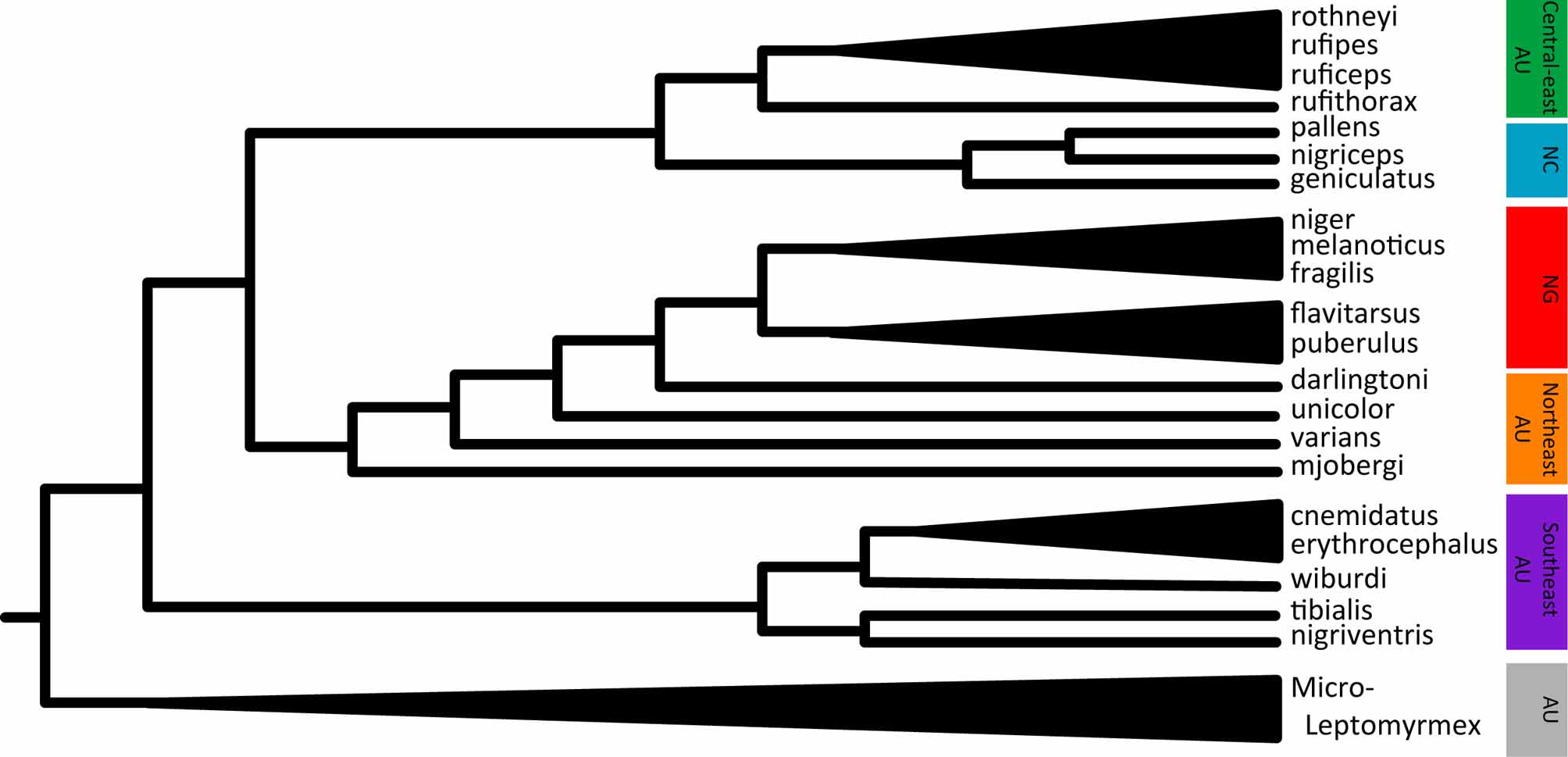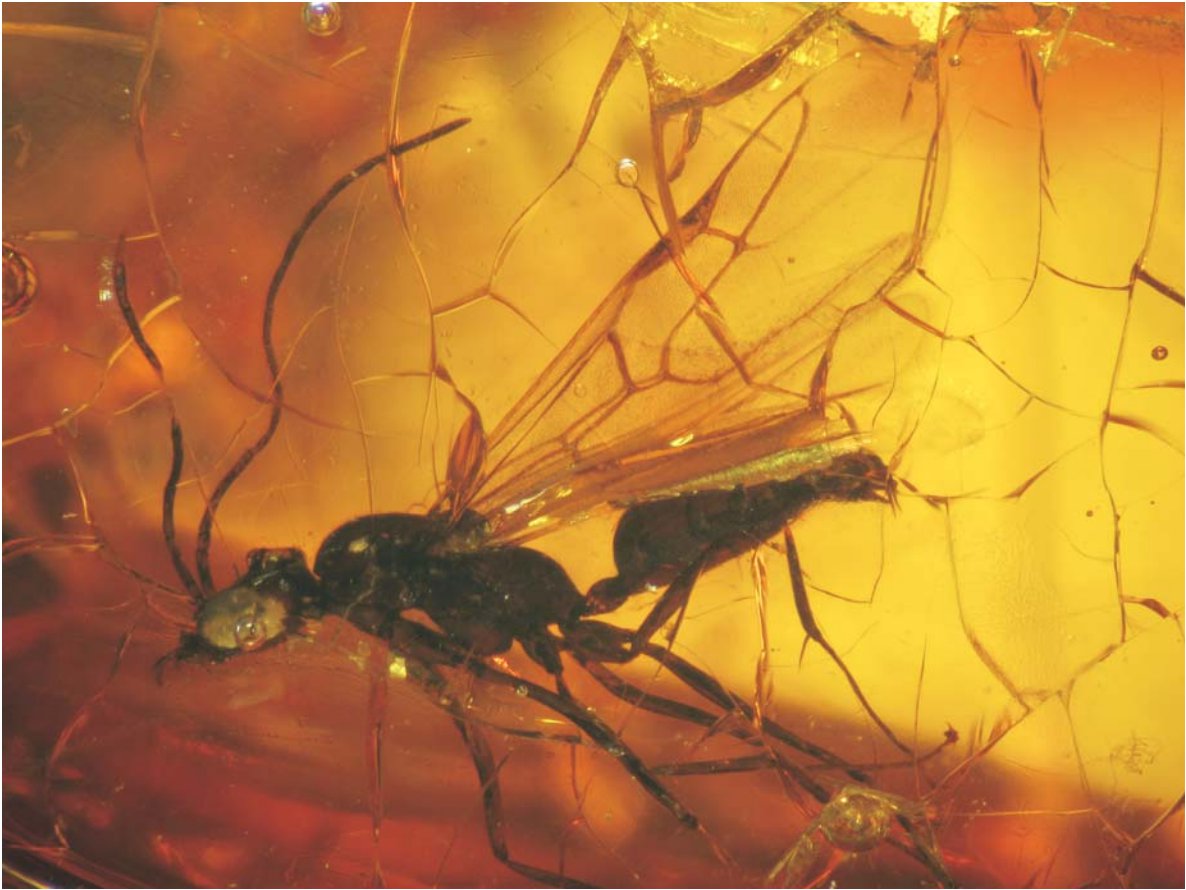|
Leptomyrmex Ramorniensis
''Leptomyrmex ramorniensis'' is a species of ant in the genus ''Leptomyrmex A video on how Spider Ant colonies function) ''Leptomyrmex'', or spider ants, is a genus of ants and a distinctive member of the ant subfamily Dolichoderinae. Commonly known as "spider ants" for their long legs and spider-like movements, these orang ...''.Smith, D. J. & Shattuck, S. O., 2009, Six new, unusually small ants of the genus ''Leptomyrmex'' (Hymenoptera: Formicidae)., Zootaxa (2142), pp. 57-68: 66-67 References Dolichoderinae Hymenoptera of Australia Insects described in 2009 {{Dolichoderinae-stub ... [...More Info...] [...Related Items...] OR: [Wikipedia] [Google] [Baidu] |
Leptomyrmex
A video on how Spider Ant colonies function) ''Leptomyrmex'', or spider ants, is a genus of ants and a distinctive member of the ant subfamily Dolichoderinae. Commonly known as "spider ants" for their long legs and spider-like movements, these orange and black ants are prominent residents of intact wet forest and sclerophyll habitats throughout their range. One extant species, '' Leptomyrmex relictus'', is known from central Brazil; otherwise, the global distribution of this genus is restricted to eastern Australia, New Caledonia and New Guinea, as well as the nearby Indonesian islands of Aru and Seram. Newly hatched '' Extatosoma tiaratum'' stick insects mimic these ants to avoid predation. Workers of ''Leptomyrmex'' can be easily recognized by elongate antennal scapes which surpass the posterior margin of the head by more than one half their length, a medially notched hypostoma, mandibles with 7–15 teeth and 5–12 denticles, and a laterally located anterior tentorial pit. Qu ... [...More Info...] [...Related Items...] OR: [Wikipedia] [Google] [Baidu] |
Dolichoderinae
Dolichoderinae is a subfamily of ants, which includes species such as the Argentine ant (''Linepithema humile''), the erratic ant, the odorous house ant, and the cone ant. The subfamily presents a great diversity of species throughout the world, distributed in different biogeographic realms, from the Palearctic, Nearctic, Afrotropical region and Malaysia, to the Middle East, Australian, and Neotropical regions. This subfamily is distinguished by having a single petiole (no post-petiole) and a slit-like orifice, from which chemical compounds are released. Dolichoderine ants do not possess a sting, unlike ants in some other subfamilies, such as Ponerinae and Myrmicinae, instead relying on the chemical defensive compounds produced from the anal gland. Of the compounds produced by dolichoderine ants, several terpenoids were identified including the previously unknown iridomyrmecin, isoiridomyrmecin, and iridodial. Such compounds are responsible for the smell given off by ants of ... [...More Info...] [...Related Items...] OR: [Wikipedia] [Google] [Baidu] |
Hymenoptera Of Australia
Hymenoptera is a large order of insects, comprising the sawflies, wasps, bees, and ants. Over 150,000 living species of Hymenoptera have been described, in addition to over 2,000 extinct ones. Many of the species are parasitic. Females typically have a special ovipositor for inserting eggs into hosts or places that are otherwise inaccessible. This ovipositor is often modified into a stinger. The young develop through holometabolism (complete metamorphosis)—that is, they have a wormlike larval stage and an inactive pupal stage before they mature. Etymology The name Hymenoptera refers to the wings of the insects, but the original derivation is ambiguous. All references agree that the derivation involves the Ancient Greek πτερόν (''pteron'') for wing. The Ancient Greek ὑμήν (''hymen'') for membrane provides a plausible etymology for the term because species in this order have membranous wings. However, a key characteristic of this order is that the hindwings are con ... [...More Info...] [...Related Items...] OR: [Wikipedia] [Google] [Baidu] |


